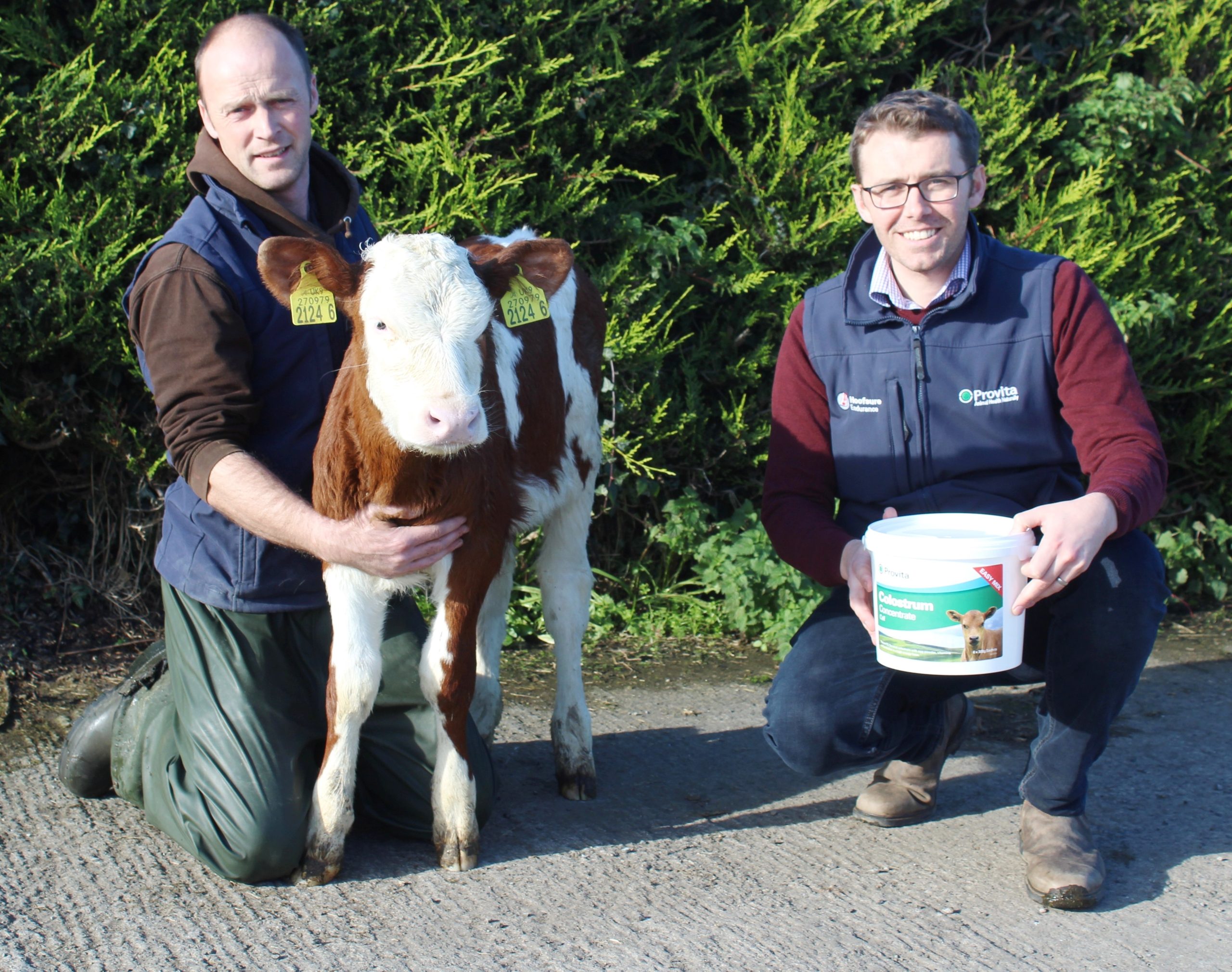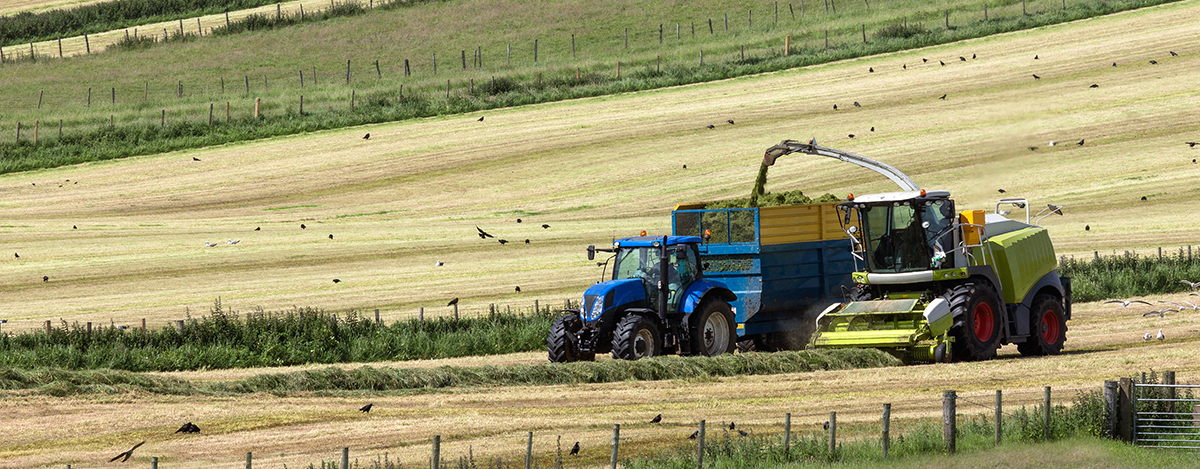Many dairy farmers use a range of different footbath solutions to help control lameness, often switching from one to the other with little difference in performance. Many solutions arrive on the market with the promise of treating all lameness problems but fail to live up to expectations. So how do farmers decide what will work against their lameness problems, especially the complex digital dermatitis problem? One option is to listen to other farmers. However as every farm is different often what works on one farm will frustratingly not work on another. Another option is to consider independent peer reviewed scientific evidence.
One such highly respected source of evidence is the Journal of Dairy Science. It recently published a peer reviewed article titled, ‘Effect of a tea tree oil and organic acid footbath solution on digital dermatitis in dairy cows’, by the University of Kentucky. This robust on farm study used a split footbath so that two different solutions could be compared scientifically with genetics, yield, lactation etc. being equal for both products. The study compared Copper Sulphate to Hoofsure Endurance. Both products reduced M1 and M2 digital dermatitis by 50%. There was no statistical significant difference between the two products.


